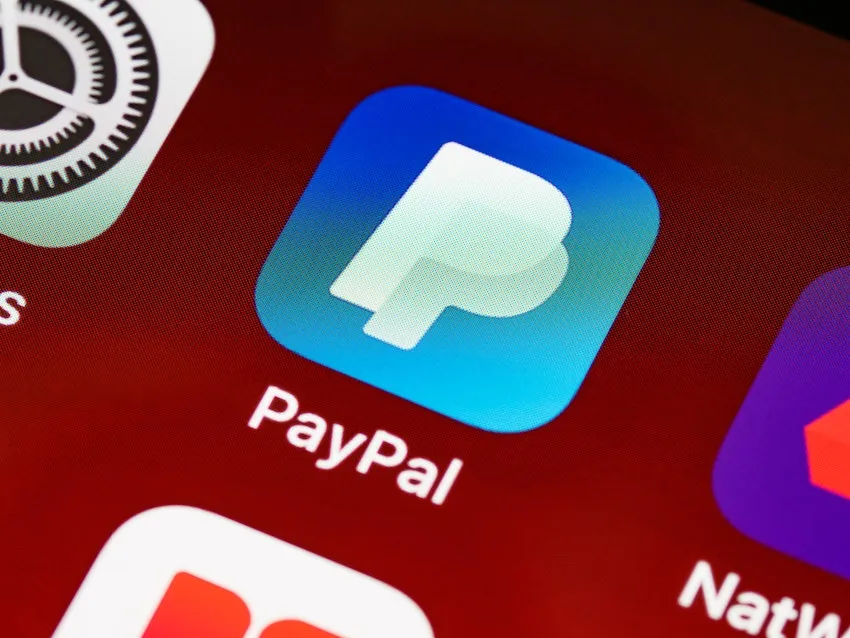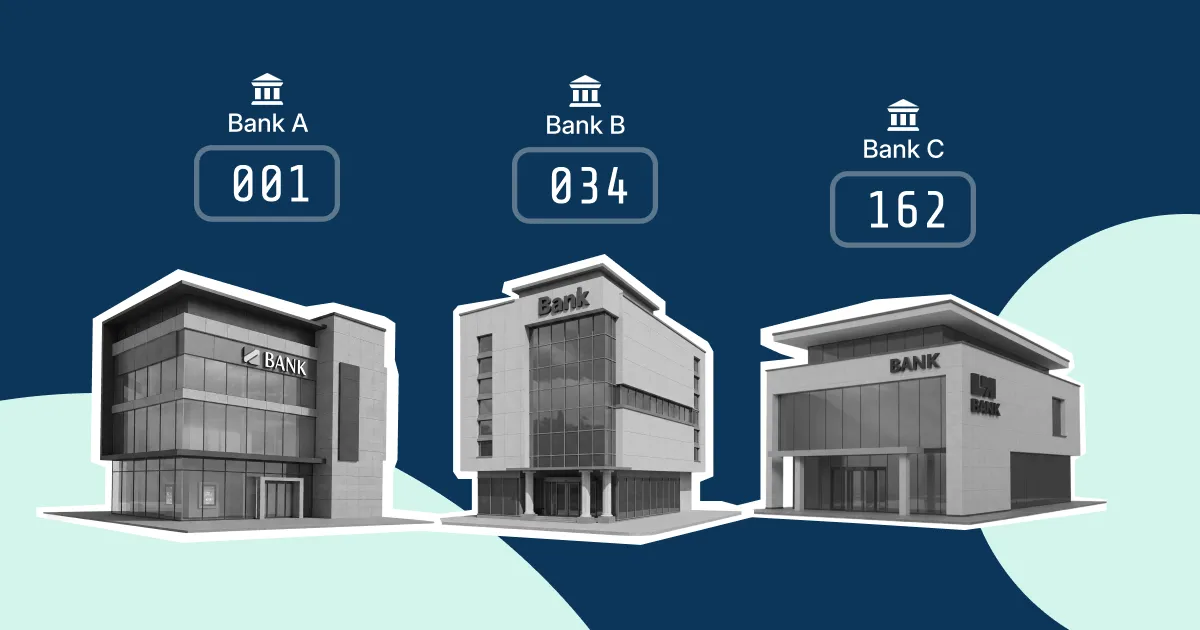Summary
Over the years, the payments landscape has changed drastically, leaving online business owners with no choice but to adapt to the changes. Today, there are a vast number of payment networks to choose from to facilitate payments and transfers for your customers more efficiently than ever. This is why choosing an accurate and fitting payment method is crucial for all online businesses.
In this article, we’ll be going over some of the most common local and foreign payment methods to help you understand and identify which systems may be most suitable for your e-commerce business.
Local payment methods
Fast And Secure Transfers (FAST)
Just as its name suggests, FAST is a quick and easy way to make local transfers from one local bank. Unlike other transfer methods that have specific cut-off times, this real-time electronic funds transfer service allows users to transfer money at any time of the day, 24/7. FAST can be used for a variety of functions such as paying monthly bills, managing supplier payments and even splitting the bill with friends over a hearty meal.
Since it is widely used among Singapore’s network of banks, almost anyone and everyone can receive and send payments via FAST as long as they have an internet banking account and a mobile device or computer. With your device, all that’s left to do is log into your bank’s internet portal, enter the recipient’s bank account number and you’re all set.
General Interbank Recurring Order (GIRO) Payment
A bank GIRO transfer is an automated electronic payment service that allows you to make paperless payments to billing organisations (BO) directly through your bank account. GIRO is generally used to pay recurring and fixed payments like credit card bills, mobile payments, income tax as well as insurance premiums in Singapore.
Since the entire process is paperless, it is an effective way for many users to pay recurring charges without the use of physical cheques. As long as you have sufficient funds in your designated bank account, you are free to make GIRO payments as necessary.
GIRO payments can be made in two ways: GIRO direct debit and GIRO on-demand. Direct debit services allow billing organisations to automatically make deductions from your bank account regularly while on-demand services only deduct from your account after you’ve initiated the instruction manually through mobile or internet services, giving you better control of your expenses.
MAS Electronic Payment System (MEPS)
This inter-bank payment and settlement system is designed specifically for Singapore dollar interbank funds transfer. Compared to FAST, MEPS facilitates more large-value electronic payments and allows for quick transfers in Singapore Dollars between non-FAST participating banks.
Some of the key features of the MEPS that are highly favoured by merchants include advanced queue management capabilities and the use of the SWIFT network for transfers. With that, quicker transfers can be made without delay, creating more streamlined processing for businesses.
PayNow

Exploring the Different Payment Methods For Your E-Commerce Business
PayNow
Despite being a relatively new entrant among other payment systems, PayNow has become one of the most popular and widely electronic fund transfer services used in the country. By the end of 2020, there have been 4.5 million registered PayNow users since its launch in June 2017.
This service is offered exclusively via a network of 9 major banks in Singapore and allows users to make transfers instantaneously by using their NRIC or mobile number. Users don’t have to worry about personal information being distributed as both the recipient and sender’s bank account information will be kept private throughout. What’s more, it adopts the same security standards implemented by the local banking industry for funds transfer.
By simplifying the bank transfer process and the convenience factor in play, it’s no question why many Singaporeans have chosen to make PayNow their primary payment transfer method.
Network for Electronic Transfer (NETS)
Better known as NETS among Singapore residents, Network for Electronic Transfer is a local payment processing service collectively owned by three of the country’s major banks: DBS Bank, OCBC, and UOB. According to a study conducted in 2019, nearly 90% of respondents from the ages of 25 to 34 years old stated that NETS is their preferred e-payment system, making NETS the most frequently used payment method in all of Singapore.
Unlike debit and credit cards, NETS payments deduct your money at the point of purchase, which is reflected in your bank balance instantly. On top of that, NETS payment is often encouraged by most retailers and merchants due to its low commission fee in comparison to debit cards fees. If you’re searching for a secure payment network that also allows you to save, consider making NETS your preferred payment method.
Foreign payment methods
SWIFT transfer
Commonly known as international wires, SWIFT payments are a type of transfer that makes use of the SWIFT international payment network to send or receive electronic payments from anywhere in the world.
A common misnomer about the SWIFT network is that it is a payment network that transfers money from one bank to another. However, it is merely a messaging network that passes information like money transfer instructions between banks and acts as a gateway to send or receive international electronic payments.
One of the benefits of employing SWIFT transfers for your e-commerce business is the ability to make cross-border payments in real-time, and the transparency and traceability involved in each transaction thanks to secured approval workflows. However, a major downside to this method is the costly fees involved when sending funds, which may be a disincentive for some startup founders.
Online credit card processors
If you’ve heard of PayPal or Stripe, then you already have a rough gauge on how online credit card processors work. Primarily focused on eCommerce, these payment processing platforms act as the middleman between merchants and banks or card networks and accept payments made by customers.
While most platforms generally have similar functions, it is useful to know the various service and fees agreements, integration processes, and the number of currencies available before making a decision.
On top of facilitating payments and transfers between businesses and their customers, it also supports recurring billing and invoicing as well.

Find the Ideal Payment System for Your Startup
Settling on the ideal payment system for your e-commerce business may be a struggle in the beginning, but these few examples above can help you gain a better idea of the options available to you.
If you make both domestic and cross-border transfers or payments frequently, consider using a combination of local and foreign payment methods to diversify your payment options and cater to your customers’ needs. Since there is no one-size-fits-all solution to payment networks, ensure that you assess all of your options thoroughly before making your final decision.










%201.webp)


.webp)